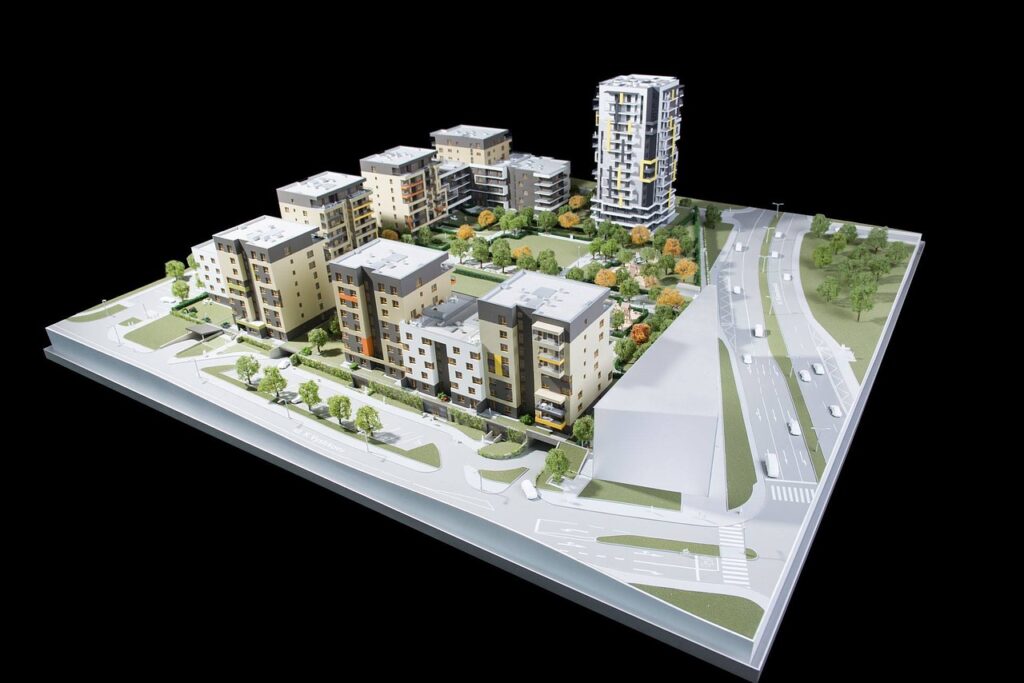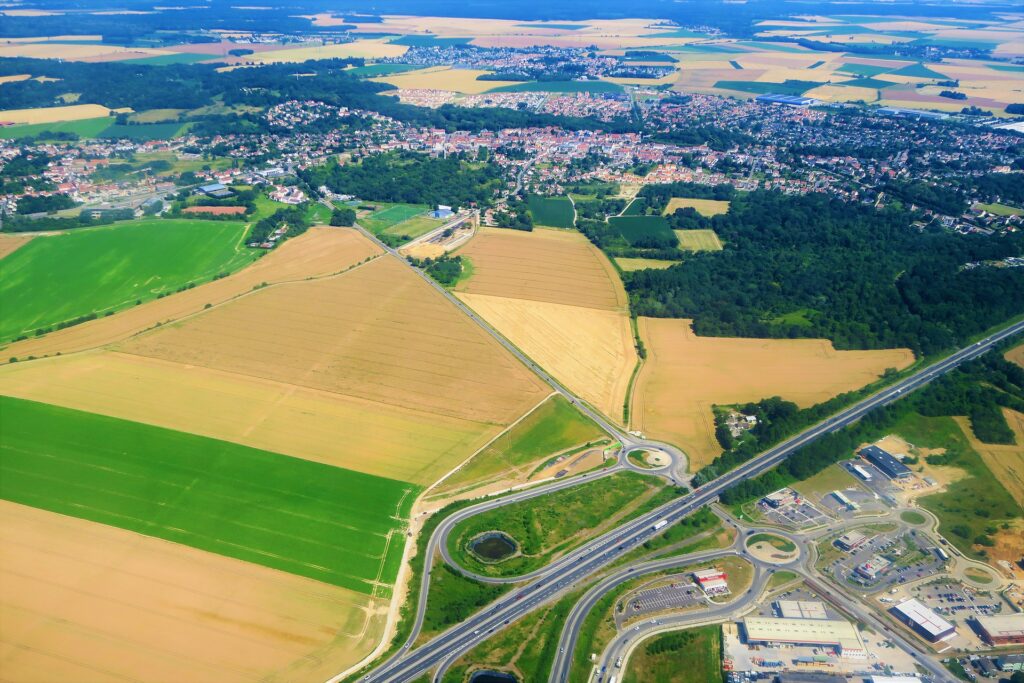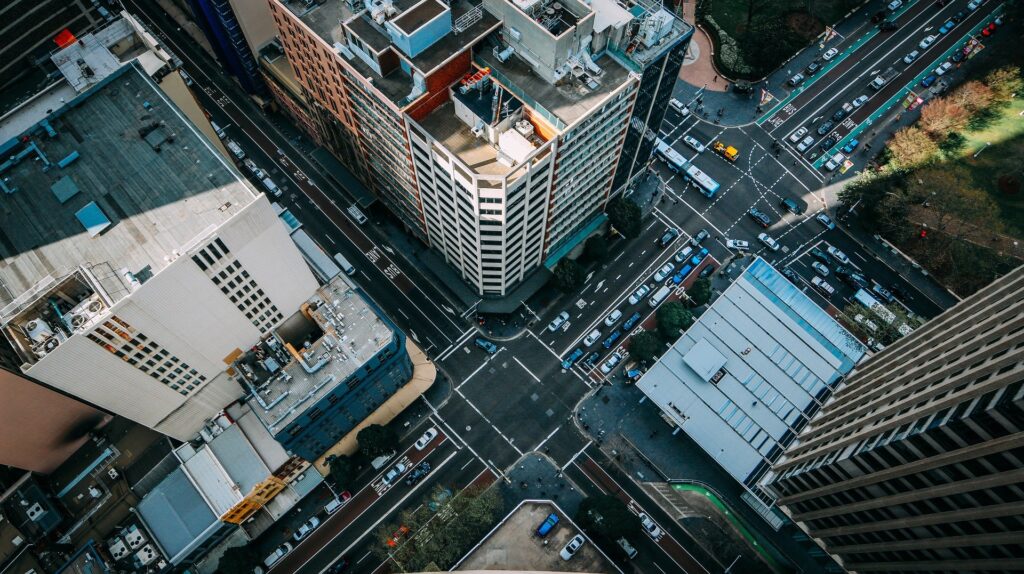
Types of Landscape and Urban Planning
Urban planning involves the development and design of urban areas, which is essential for the creation of towns and cities. The urban planning process is comprehensive and encompasses many different sites and activities, which include transportation, buildings, the use of open land, social functions, and economic functions. In many situations, urban planning is used as a core aspect of creating a broad city plan. In order for an urban plan to be well-designed, it must have extensive input from landowners, government staff, and citizens.
These plans are typically organized by an urban planner who has received a master’s degree in a regional planning or urban planning program. Urban planners must understand every component that’s necessary for developing a city or town, which includes landscaping. Today, many urban planners focus on creating sustainable landscape solutions during development of a new city.
Urban planning is commonly known as community development. As touched upon previously, the surrounding community plays a sizable role in the creation of an urban plan. If the local community is against the changes that are set to be made by an urban planner, their reactions can dictate whether an urban plan is a failure or success. Up until the 21st century, many urban planners would ignore input from the community and instead focus entirely on the aesthetic design for the city, which would invariably lead to residents of the city being frustrated and angered by the changes that were made.
Currently, the greater community is involved in urban planning via participatory planning, which allows the residents of the city to make their voices heard. Before you get started with urban or landscape planning, it’s important to understand the various types of urban planning at your disposal. This article provides an overview of the seven different types of urban and landscape planning.
Key Takeaways:
- Urban planning, commonly known as community development, involves the development and design of land use for the community.
- There are seven types of urban planning we discuss below: strategic urban planning, land-use planning, infrastructure planning, urban revitalization, master planning, economic development, and environmental planning.
1. Strategic Urban Planning

Strategic urban planning is a form of urban planning that centers around creating high-level goals and identifying the best areas of growth for a metropolitan area or city. This planning process involves the creation of a strategic plan, which is also referred to as the core strategy or development plan. The goals of a strategic plan can include:
- Improving the quality of life for residents of the city
- Encouraging individuals to move to the city or at least visit it
- Creating additional community spaces where residents can relax and spend time at
- Enhancing transportation options throughout the city in question
This is largely considered to be the highest level for the planning process. Many other aspects or urban planning fit directly into strategic planning and will occur alongside the creation of a strategic plan.
2. Land-Use Planning
Land-use planning involves the creation of policy and legislation pertaining to a piece of land. The point of these policies is to have influence on how the land is used. The types of policies that can be made during land-use planning include governmental regulations, zoning codes, and statutes. These same planning instruments handle the amount, type, and location of land that’s needed for various city functions. During land-use planning, land can be reserved or zoned for:
- Residential purposes – Land can be zoned for such buildings as single-family residences, condominiums, and apartment homes
- Commercial purposes – Land can be zoned for office buildings and retail shops
- Municipal purposes– Land can be zoned for government structures like courthouses and police stations
- Industrial purposes – Land can be zoned for warehouses, manufacturing plants, data centers, and other industrial facilities
Successful land-use planning depends on how effectively the urban planner consults with the greater community as well as other stakeholders. When the strategic plan that you’ve created is properly communicated, land-use planning for residential, municipal, or industrial purposes should be fairly straightforward.
3. Infrastructure Planning

Infrastructure planning involves various types of systems and facilities that are necessary for a city and its residents. The purpose of infrastructure planning is to identify how these facilities can effectively support the goals that are detailed within the strategic plan. Infrastructure planning covers:
- Safety and transportation – This can involves fire facilities, roads, and police facilities
- Community infrastructure – This form of infrastructure covers parks, schools, and hospitals
- Public works infrastructure – This infrastructure type involves telecommunications, water supply, electricity, and sewage
Infrastructure planning should be highly beneficial to residents of the city or town when performed correctly. When new public works facilities and systems are built, the quality of life for nearby residents will likely improve. The same is true when new hospitals are constructed or when an additional school is built within the community. The cities that are deemed to be the best places to live in the U.S. are typically ones that have an ample amount of infrastructure in place.
4. Urban Revitalization
Urban revitalization is a slightly less common form of urban planning that strictly involves making improvements to areas of a city that are deemed to be in decline. The state of businesses and neighborhoods in a city can be in decline for numerous reasons. It’s possible that several local businesses have recently failed or that population growth has started to decrease. Whatever the reason for decline, the appeal of a city for prospective homeowners and renters can worsen if declining aspects of the city aren’t revitalized.
The techniques that are used during urban revitalization depend on the cause for the decline. Common forms of revitalization include:
- Cleaning up excess pollution
- Making upgrades to parks and similar recreational facilities
- Repairing roads that have become worn down from overuse
- Developing new infrastructure
Urban revitalization efforts won’t be successful without ample amounts of input from members of the community. Business owners and local residents will invariably have useful insights that can assist you in making changes and upgrades that are beneficial to the city. Keep in mind that other forms of urban planning may need to be used during revitalization efforts. For instance, environmental planning may need to occur to clean up messes that are remaining from previous cases of land use. It’s also possible to change the land use in some situations.
5. Master Planning

Master planning is a type of urban planning that mainly centers around building on land that has yet to be developed. Other types of urban planning aim to modify pre-existing spaces or structures, which means that master planning is oftentimes more complex and time-consuming. Master planning focuses on the future by identifying what the land should be used for and what will be needed to reach these goals.
When performing master planning, urban planners will need to take infrastructure planning and land-use planning into account, the latter of which is necessary for zoning regulations. They will also be required to determine what types of amenities will need to be developed on the land, which can include parks, community facilities, and schools. Government agencies and nearby landowners must be consulted during the master planning process before the plan can be finalized.
6. Economic Development
Economic development is a necessary component of urban planning that works to identify potential areas of growth within a city. When implemented correctly, these areas of growth will allow the city to obtain better financial prosperity, which ensures that the city itself is more appealing to companies that are looking to expand to new cities and areas. Successful economic development is essential for any city that wants to grow.
In 2018, Amazon was looking for the right location for their second headquarters. Among the many cities that they considered, Amazon decided to split their headquarters into two locations, which included Arlington, VA and New York City. When a massive corporation like Amazon decides to create a headquarters or main office building in a city, this form of development usually brings further financial growth and job opportunities to the city in question.
The increase in commuter traffic to the building will also result local restaurants, gas stations, and grocery stores gaining increased visibility, which helps to bolster the local economy. Throughout economic development, urban planners must coordinate with master plans, infrastructure plans, and land-use plans to make sure that future development projects can be completed without issue.
7. Environmental Planning

Environmental planning is a necessary form of strategic development that focuses primarily on sustainability. This form of planning is exceedingly complex and requires the urban planner to take many environmental factors into account. These factors include:
- Coastal zone erosion
- Flood zone susceptibility
- Noise pollution
- Air pollution
- Habitats of animal species that are endangered
- Wetlands
Environmental planning is necessary when creating infrastructure plans, master plans, or revitalization plans.
Urban planning is a critical aspect of the development of any town or city. Whether you’ve been tasked with completing urban revitalization efforts or need to make a master plan for future development, it’s important to understand every type of landscape and urban planning.

Jason Somers, President & Founder of Crest Real Estate
With over 15 years of professional experience in the Los Angeles luxury real estate market, Jason Somers has the background, judgement and track record to provide an unparalleled level of real estate services. His widespread knowledge helps clients identify and acquire income producing properties and value-ad development opportunities.
Learn more about Jason Somers or contact us.



